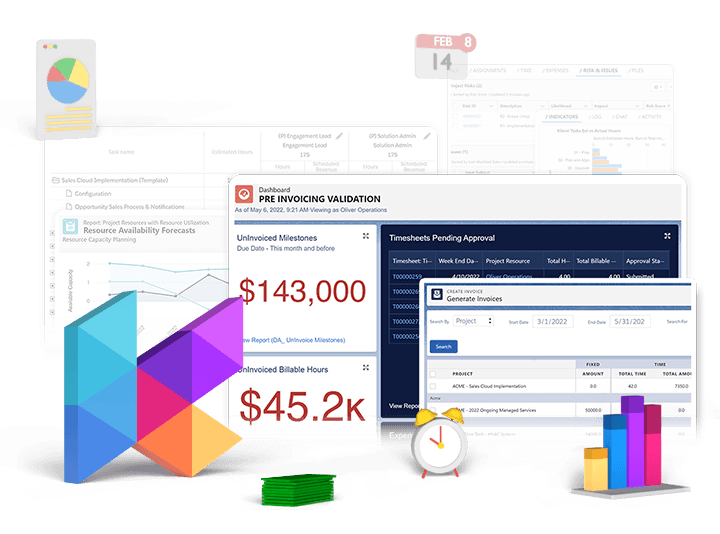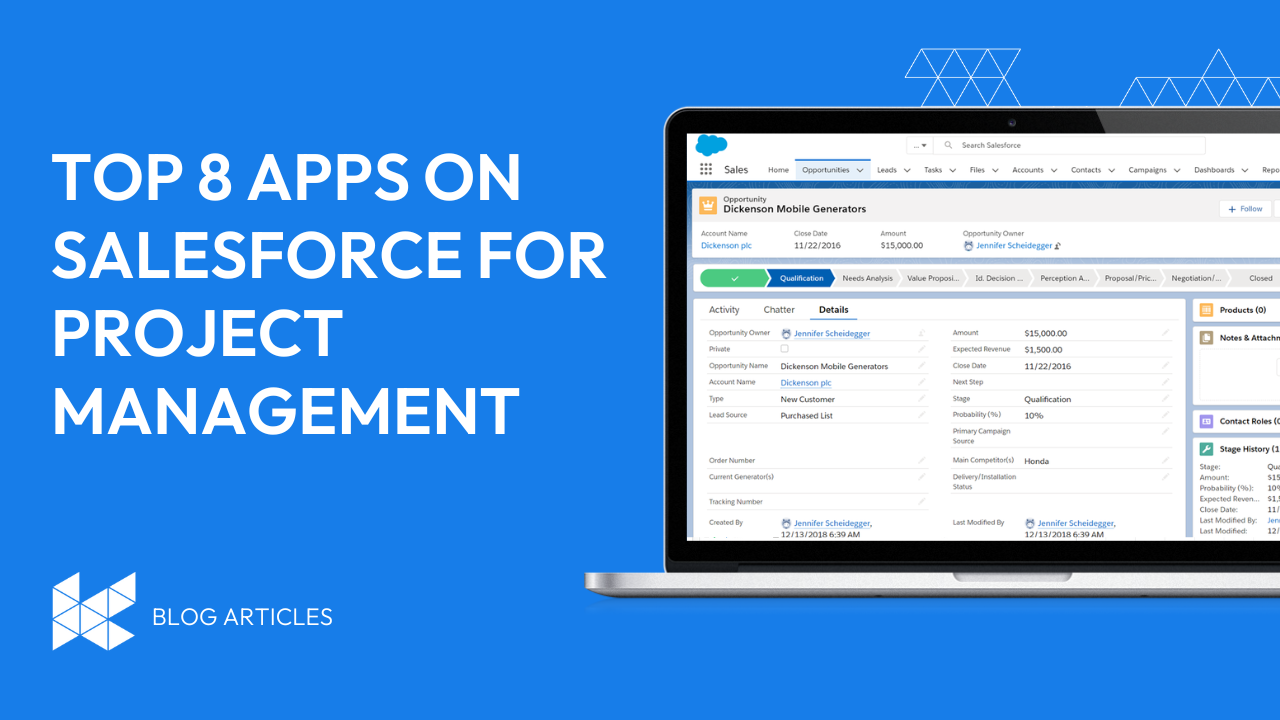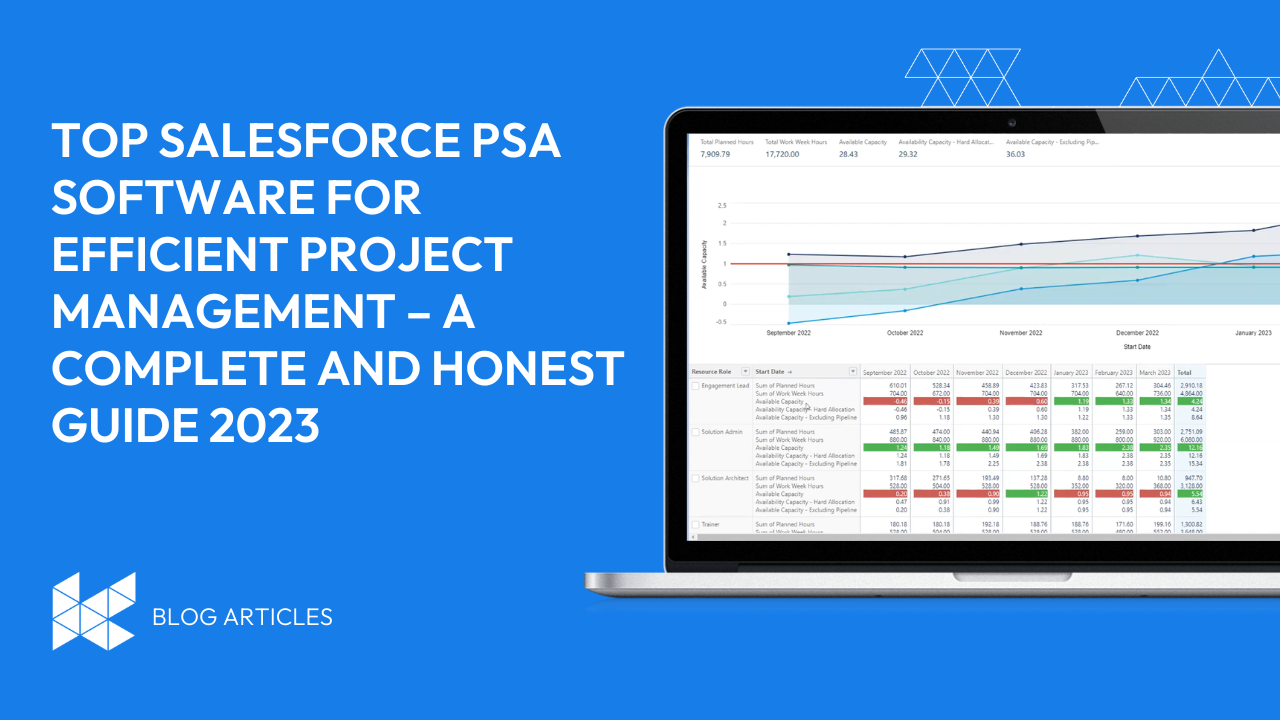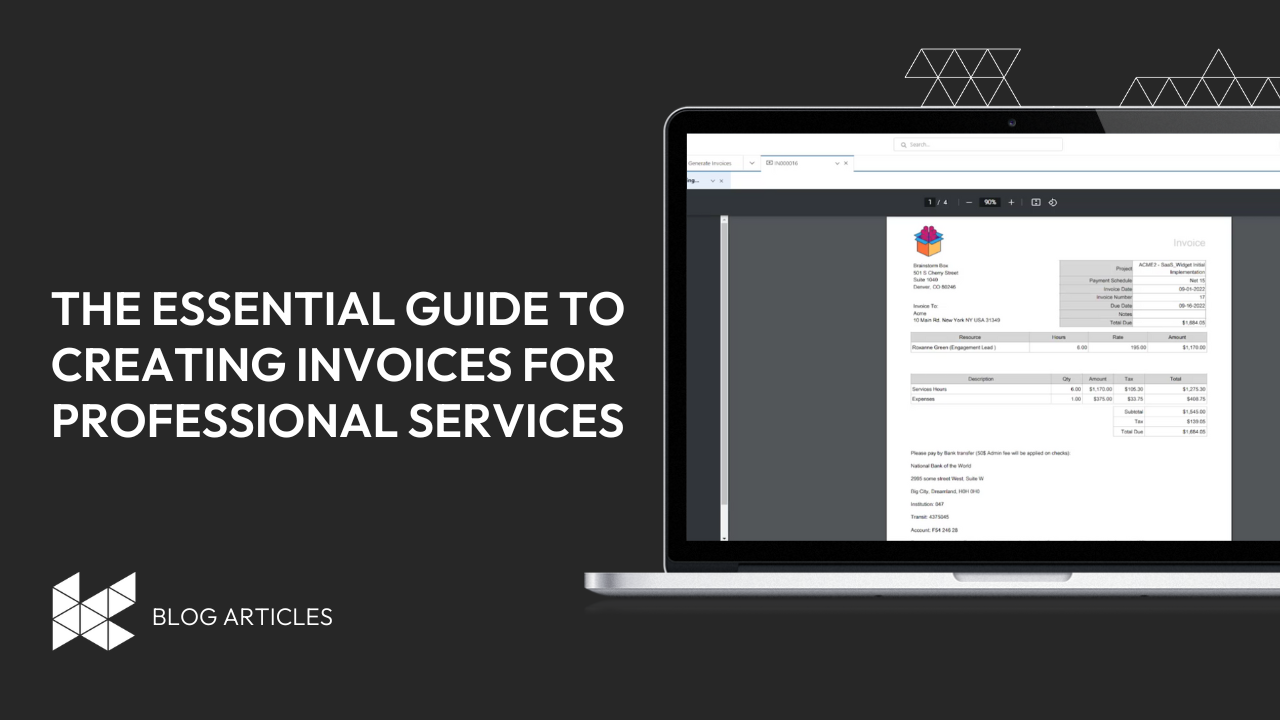
The Essential Guide to Creating Invoices for Professional Services
Invoices Examples for Professional Services Firms
When it comes to invoicing for professional services, the devil is in the details. Providing a detailed invoice can help to build trust and transparency with your clients, and ensure that you are paid fairly for the services you provide. In this section, we will provide an example of a detailed invoice for a professional services firm. We will highlight the key components to include in your invoice, including a description of services, hourly rate or flat fee, number of hours worked (where applicable), expenses incurred, and the total amount due.
By providing this level of detail, you can ensure that your clients have a clear understanding of what they are being charged for and why, which can help to maintain healthy client relationships and avoid any disputes over billing.
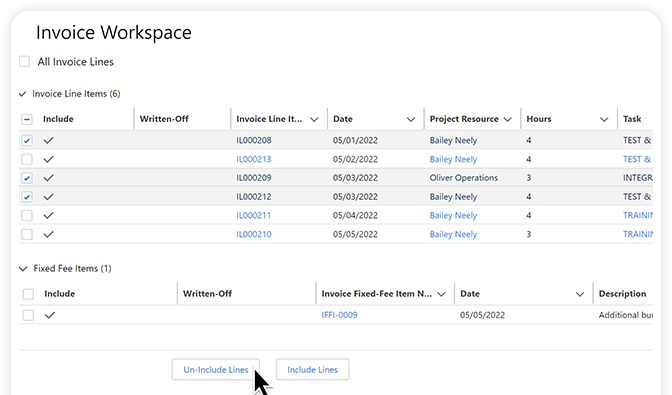
Control your invoices
Here’s an example of a detailed invoice for a professional services firm:
Invoice #1234
Date: March 1, 2023
Bill To: John Smith 123 Main St Anytown, USA 12345
Description of Services:
- Website Design:
- Design and development of a custom website with 5 pages, including home page, about us, services, blog, and contact us. Also includes integration with a CMS platform and mobile responsiveness.
- Total hours worked: 50 hours
- Hourly rate: $120 per hour
- Total amount: $6,000
- Content Writing:
- Creation of 10 high-quality blog articles on topics related to the client’s industry.
- Total words written: 10,000 words
- Rate per word: $0.10
- Total amount: $1,000
- Social Media Management:
- Management of client’s social media accounts, including content creation and scheduling for 1 month.
- Monthly fee: $500
- Total amount: $500
- SEO Optimization:
- Optimization of website content for search engines, including keyword research, on-page optimization, and link building.
- Total hours worked: 10 hours
- Hourly rate: $120 per hour
- Total amount: $1,200
- Consulting Services:
- Consultation on business strategy and marketing tactics to improve client’s online presence and increase sales.
- Total hours worked: 5 hours
- Hourly rate: $150 per hour
- Total amount: $750
Expenses:
- Stock images for website design: $200
Total Amount Due: $9,650
In this example, the invoice includes a detailed description of the services provided, the number of hours worked (where applicable), the hourly rate or flat fee charged for each service, and the total amount charged for each service. The invoice also includes a breakdown of expenses incurred and the total amount due. By providing this level of detail, the client can easily understand what they are paying for and the value that they are receiving from the professional services firm.
Types of Invoices for Professional Services
Before you start creating your invoices, it’s important to understand the different types of invoices available for professional services. The most common types are:
- Standard invoice: This is a simple invoice that outlines the services you provided, the amount you charged, and the due date for payment.
- Recurring invoice: If you provide ongoing services to a client, you can create a recurring invoice to automatically bill them on a regular basis (e.g., weekly, monthly, or annually).
- Time-based invoice: This type of invoice is based on the amount of time you spend working for a client. You typically charge an hourly or daily rate, and the invoice includes a breakdown of the time you spent on each task.
- Project-based invoice: If you provide services for a specific project, you can create a project-based invoice that outlines the services you provided, the amount you charged, and any relevant project details.
Choosing the right type of invoice depends on the nature of your business and the services you provide. For example, if you provide ongoing services to a client, a recurring invoice may be the best option to save time and improve cash flow.
Essential Components of an Invoice
Regardless of the type of invoice you choose, there are certain essential components that every professional services invoice should include:
- Invoice header: This includes your company name, logo, and contact information, as well as the invoice number and date.
- Client details: This includes the client’s name, address, and contact information.
- Description of services: This outlines the services you provided, including the date of service, the number of hours worked (if applicable), and a brief description of the work performed.
- Payment terms: This includes the total amount due, the due date, and any late payment fees or penalties.
- Payment options: This outlines the payment options available to the client, such as online payment or bank transfer.
- Additional information: This includes any relevant notes or comments, such as project details or special instructions.
When creating your invoice, it’s important to format it in a clear and organized manner. Use headers, bullet points, and tables to make the information easy to read and understand. Also, be sure to proofread your invoice for accuracy and completeness before sending it to your client.
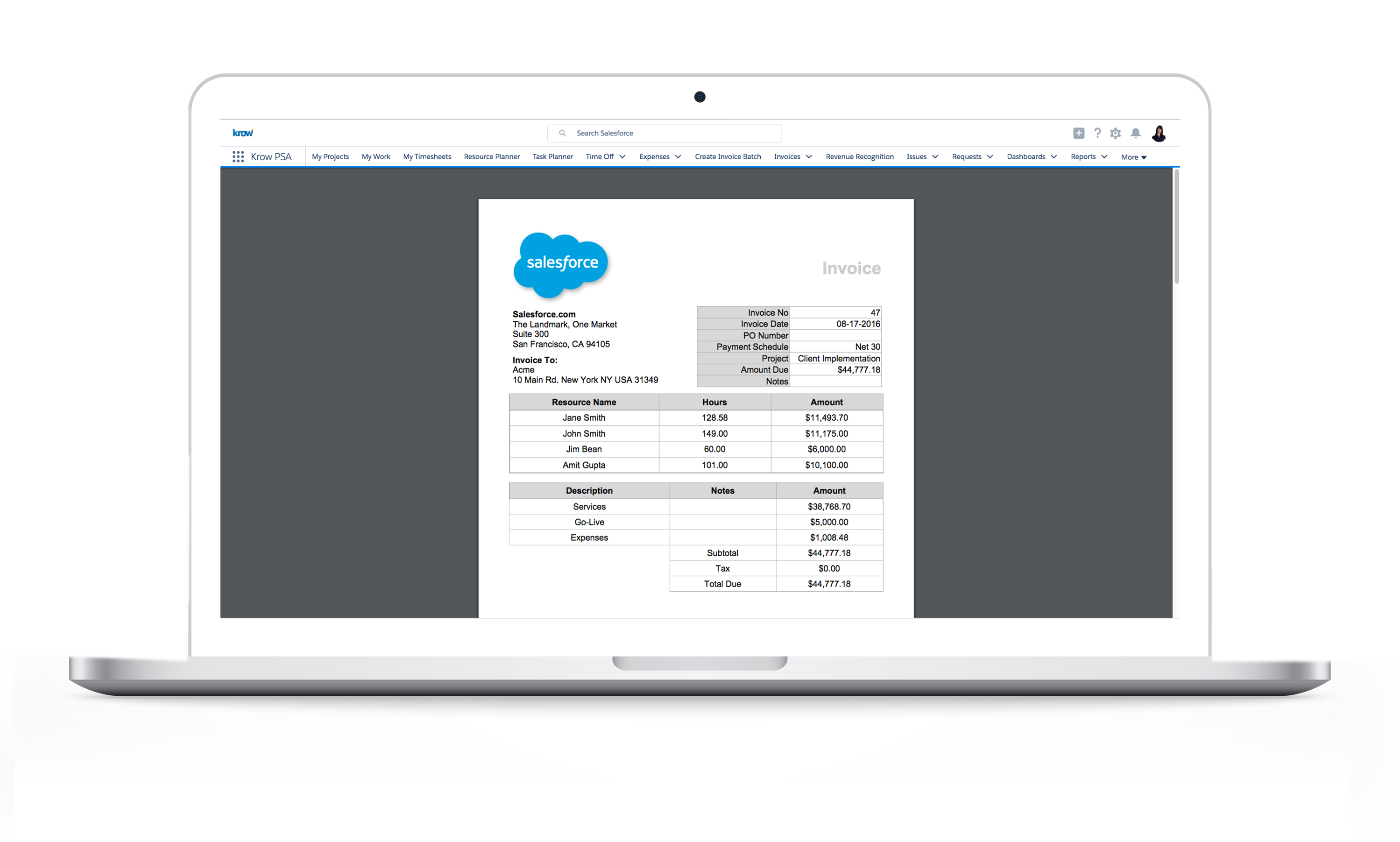
Here are some types of details to include on an invoice for professional services:
- Description of services: A detailed description of the services provided, including the scope of work, deliverables, and any relevant details.
- Hourly rate: If you charge by the hour, include the number of hours worked and the hourly rate charged for each service.
- Billable hours: If you bill by the hour, include the number of billable hours worked for each service.
- Flat fee: If you charge a flat fee for a specific service, include the amount charged for that service.
- Expenses: If you incurred expenses related to the project, such as travel expenses or materials, include the amount charged for those expenses.
- Total amount due: Include the total amount due for all services provided.
By including these details on your invoice, you can ensure that your clients have a clear understanding of what they are being charged for and why. This can help to avoid any confusion or disputes over billing and help to maintain a positive and transparent relationship with your clients.
Specific components of an Invoice for a Professional Services Firms
It is important to add details of the services provided for professional services in an invoice. This helps to provide transparency to your clients about what they are paying for and helps to avoid any confusion or disputes over billing. Including a detailed description of the services provided also helps to build trust and credibility with your clients, as it shows that you are transparent in your billing practices and are providing value for their investment in your services.
Additionally, if a client requests further information about the services provided or has any questions about the invoice, having detailed information about the services provided can help you provide a prompt and accurate response.
| Item # | Description | Quantity | Rate | Amount |
|---|---|---|---|---|
| 1 | Website Design | 1 | $3,000 | $3,000 |
| 2 | Content Writing | 20 pages | $50/page | $1,000 |
| 3 | Social Media Management | 1 month | $500/month | $500 |
| 4 | SEO Optimization | 5 hours | $100/hour | $500 |
| 5 | Email Marketing | 2 campaigns | $300/campaign | $600 |
| 6 | Consulting Services | 10 hours | $150/hour | $1,500 |
| Total | $7,100 |
In this example, the invoice includes a detailed description of the services provided, including the quantity, rate, and amount for each service. The total amount due is also included at the bottom of the invoice. By including a detailed description of the services provided, the client can easily understand what they are paying for and the value that they are receiving from the professional services firm.
Best Practices for Invoicing for Professional Services
Introduction: Invoicing for professional services can be a complex process that requires attention to detail and careful planning. To ensure timely and accurate payment, it is important to follow best practices for invoicing.
In this section, we will discuss some best practices for invoicing for professional services, including choosing the right type of invoice, setting clear payment terms, using invoicing software, and following up with clients. By following these best practices, you can streamline your invoicing process, reduce errors, and maintain healthy client relationships.
The details in a professional services invoice are important for several reasons:
- Transparency: A detailed invoice provides transparency to the client, which can help build trust and credibility with them. By providing a clear breakdown of the services provided, the client can easily understand what they are paying for and why, which can help avoid any misunderstandings or disputes over billing.
- Accuracy: Including details such as the number of hours worked and the hourly rate or flat fee charged for each service can help ensure that the invoice is accurate. This can help to avoid overcharging or undercharging the client, which can impact the client’s perception of your business.
- Professionalism: A detailed invoice can help to create a professional image for your business. By including a detailed description of the services provided, the client can see that you take your work seriously and are committed to providing high-quality services.
- Compliance: In some cases, a detailed invoice may be required for compliance purposes. For example, if you are billing a government agency or a large corporation, they may require a detailed invoice to ensure that the billing complies with their procurement regulations.
- Payment: A detailed invoice can help to ensure prompt payment from the client. By providing a detailed breakdown of the services provided and the amount due, the client can see the value they are receiving and are more likely to pay promptly.
In conclusion, the details in a professional services invoice are important for transparency, accuracy, professionalism, compliance, and prompt payment. By providing a detailed invoice, you can help maintain healthy client relationships, ensure accurate billing, and create a positive image for your business.
Common Errors to Avoid in Invoicing for Professional Services
Invoicing for professional services can be a complex process that requires attention to detail to ensure timely and accurate payment. Here are some common errors to avoid when invoicing for professional services:
- Inaccurate or incomplete information: Ensure that all the necessary details such as client name, contact information, services provided, amount due, and payment terms are included in the invoice. Inaccurate or incomplete information can lead to confusion and delays in payment.
- Delayed invoicing: Timely invoicing is crucial to ensure timely payment. Delayed invoicing can lead to delays in payment and may also impact cash flow.
- Unclear payment terms: Clear payment terms are essential to avoid misunderstandings and disputes over billing. Make sure to specify the due date, late payment fees, and acceptable payment methods.
- Incorrect billing rates: Ensure that you are billing your clients accurately, either by using the agreed hourly rate or flat fee. Incorrect billing rates can lead to overcharging or undercharging the client.
- Failure to follow up: It is essential to follow up with the client to ensure that the invoice has been received, and there are no issues with payment. Failure to follow up can lead to delayed or missed payments.
- Inconsistent invoicing: Consistency is key when it comes to invoicing. Ensure that you are using the same format and including the same details in all your invoices. Inconsistent invoicing can lead to confusion and errors.
By avoiding these common errors, you can ensure that your invoicing process is accurate and efficient, and you receive timely payments for your services.
Why You Should Use a Professional Services Automation (PSA) Software for Invoicing
As a professional services firm, invoicing can be a time-consuming and manual process. Using a Professional Services Automation (PSA) software to generate invoices can provide many benefits to your business. Here are some reasons why you should consider using a PSA software for invoicing:
- Improved accuracy: PSA software can automate the invoicing process, which helps to reduce errors and ensure accuracy. The software can automatically generate invoices based on project details, time tracking, and expenses, which can eliminate the need for manual data entry and reduce the risk of errors.
- Streamlined invoicing: PSA software can help streamline the invoicing process by automating tasks such as sending invoices, reminders, and follow-ups. This can help save time and improve cash flow by ensuring that invoices are sent promptly and payments are received on time.
- Centralized billing: PSA software can provide a centralized billing system, which can help you manage multiple clients and projects easily. You can track billable hours, expenses, and other costs related to each project and create invoices based on that information.
- Customizable invoices: PSA software allows you to customize your invoices to meet your business requirements. You can choose from a variety of templates and designs, or create your own invoice format that reflects your brand image.
- Integration with accounting software: PSA software can integrate with your accounting software, which can help you manage your finances more effectively. This integration can help automate tasks such as recording payments, tracking expenses, and generating financial reports.
- Improved client relationships: PSA software can help improve client relationships by providing a professional and efficient invoicing process. This can help build trust and credibility with clients, which can lead to long-term business relationships and repeat business.
In conclusion, using a PSA software to generate invoices can provide many benefits to professional services firms. It can help improve accuracy, streamline invoicing, provide a centralized billing system, offer customizable invoices, integrate with accounting software, and improve client relationships. With these benefits, a PSA software can help you save time, reduce errors, and improve cash flow for your business.
Features to Consider When Choosing a Professional Services Automation (PSA) Software for Invoicing
Here are some features you should consider when choosing a PSA software:
- Automated Invoicing: Look for a PSA software that automates the invoicing process. This can save you time and reduce errors by automatically generating invoices based on project details, time tracking, and expenses.
- Time and Expense Tracking: A good PSA software should allow you to track time and expenses for each project. This can help you create accurate invoices and provide transparency to your clients.
- Customizable Invoice Templates: Look for a PSA software that offers customizable invoice templates. This can help you create professional and personalized invoices that reflect your brand image.
- Payment Gateway Integration: A good PSA software should integrate with payment gateways such as PayPal or Stripe to make it easy for clients to pay invoices online.
- Reporting: Look for a PSA software that offers reporting capabilities. This can help you track invoicing and payment trends, and provide insights into your business finances.
- Client Portal: A good PSA software should offer a client portal, which allows clients to view and pay invoices online, view project details and progress, and communicate with you directly.
- Integration with Accounting Software: Look for a PSA software that integrates with popular accounting software such as QuickBooks or Xero. This can help you manage your finances more effectively and streamline your accounting processes.
Overall, a good PSA software should automate your invoicing process, offer customizable invoice templates, integrate with payment gateways, provide reporting capabilities, offer a client portal, and integrate with accounting software. By choosing the right PSA software, you can streamline your invoicing process, save time, and improve cash flow for your business.
Setting Prices for Professional Services
Determining the right price for your professional services can be a challenging task. You need to find a balance between charging enough to cover your costs and making your services affordable and competitive. Here are some factors to consider when pricing your services:
- Your expertise: If you have specialized skills or experience, you can charge a higher rate for your services.
- Industry standards: Research the rates charged by other professionals in your industry to ensure that your prices are competitive.
- Overhead costs: Consider your overhead costs, such as rent, equipment, and software, when determining your pricing.
- Profit margin: You need to make a profit to sustain your business, so be sure to factor in a reasonable profit margin when setting your rates.
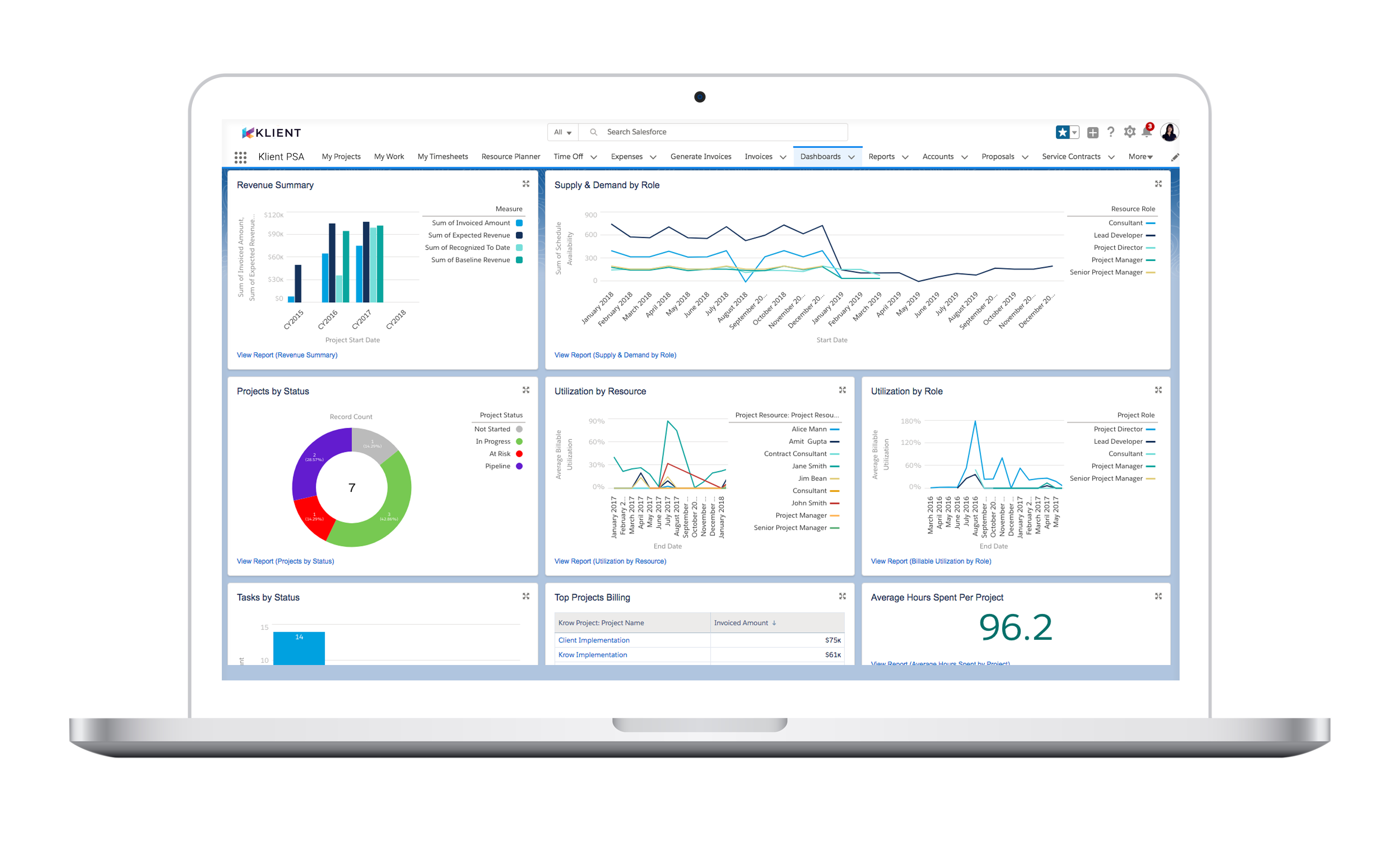
Creating an Invoice
Now that you’ve determined the type of invoice you need and the price for your services, it’s time to create your invoice.
Here’s a step-by-step guide to creating an invoice for professional services:
- Choose an invoicing software: There are many invoicing software available in the market that can help you create professional-looking invoices easily. Choose a software that is user-friendly and has features that suit your business requirements.
- Enter your invoice header: Open a new invoice and add your company’s name, logo, and contact information in the header section. This will give your invoice a professional look and make it easy for clients to identify the sender.
- Add client details: Add the client’s name, address, and contact information in the client section of the invoice. Double-check the details to ensure accuracy.
- Add a description of services: Add a description of the services you provided, including the date of service, the number of hours worked (if applicable), and a brief description of the work performed. Be clear and concise in your description to avoid any confusion.
- Set payment terms: Add the total amount due, the due date, and any late payment fees or penalties. Specify the payment terms clearly to avoid any misunderstandings.
- Provide payment options: Specify the payment options available to the client, such as online payment or bank transfer. Make it easy for clients to pay by providing multiple payment options.
- Review and send the invoice: Review the invoice for accuracy and completeness before sending it to the client. You can either send it via email or print and mail it to the client. Follow up with the client to ensure that they have received the invoice and have no questions or concerns.
Sending and Following Up on Invoices
Once you have sent the invoice, it’s important to follow up with the client to ensure prompt payment. Here are some best practices for sending and following up on invoices:
- Set up an invoicing schedule: Create an invoicing schedule that includes the date you will send the invoice and the date you will follow up with the client.
- Send reminders: Send friendly reminders to clients who have not paid their invoices on time. Be polite but firm in your communication to ensure that you get paid on time.
- Automate the process: Use invoicing software that can automate the invoicing and payment process, saving you time and improving cash flow.
Advanced Invoicing Techniques
If you are managing multiple clients or have complex invoicing requirements, you may need to use advanced invoicing techniques to streamline your invoicing process. Here are some techniques to consider:
- Use online invoicing software: Online invoicing software can automate the invoicing process and help you manage multiple clients easily.
- Use time tracking software: Time tracking software can help you accurately track the time spent on each project, making it easy to create accurate invoices.
- Use project management software: Project management software can help you manage projects from start to finish, including invoicing and billing.
Creating professional invoices is an essential part of running a successful professional services business. By following the steps outlined in this guide, you can create accurate and professional-looking invoices that help you get paid on time and maintain healthy client relationships. Remember to choose the right type of invoice, include essential components, set reasonable prices, and follow up with clients to ensure prompt payment. With these best practices in place, you can streamline your invoicing process and focus on delivering exceptional services to your clients.

You liked this Klient Tip? Share it with your team!
Discover more articles from Klient

Replace all your tools with Klient, Salesforce #1 PSA platform
Run your entire SaaS and consulting business on a single professional service automation platform native to Salesforce!


